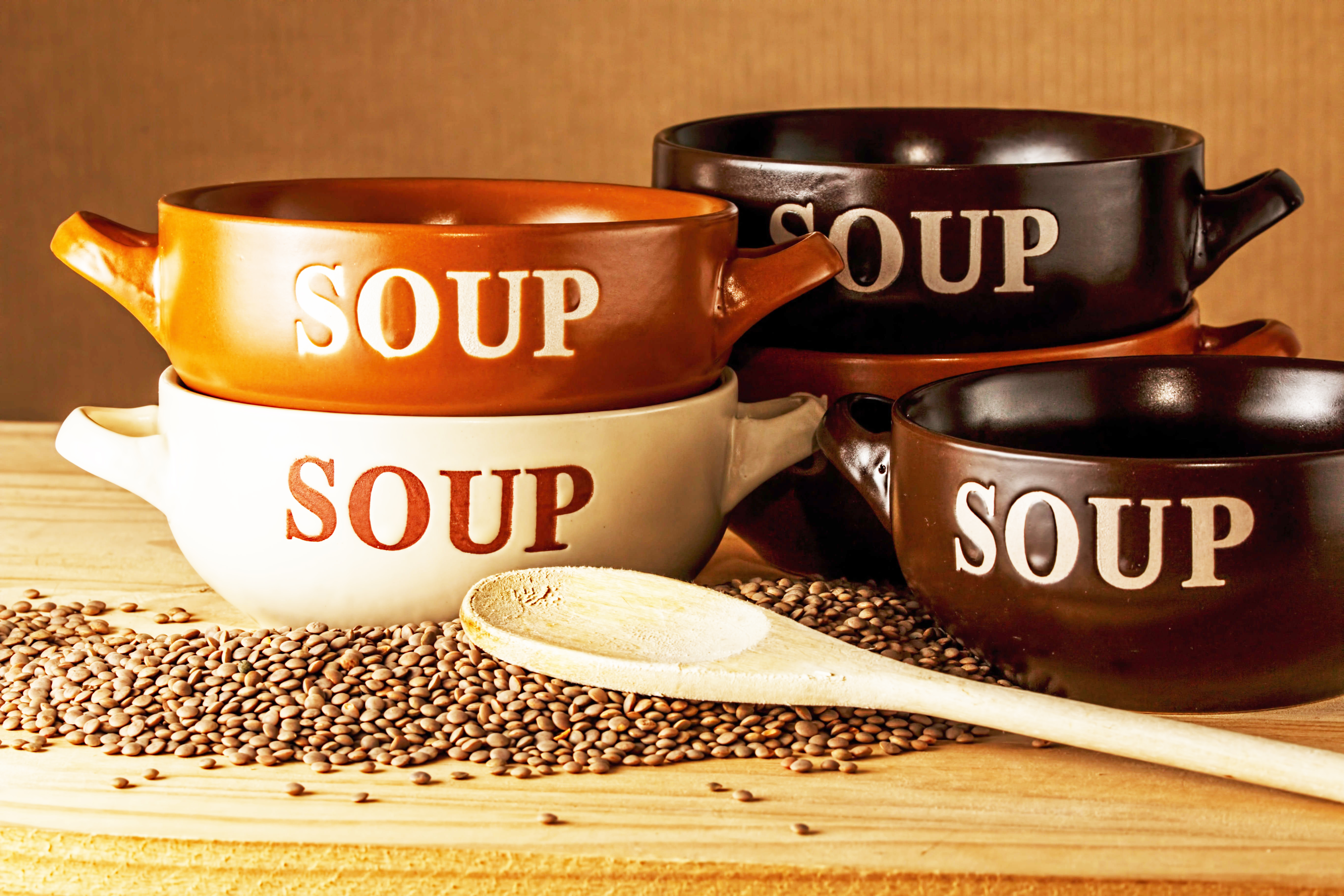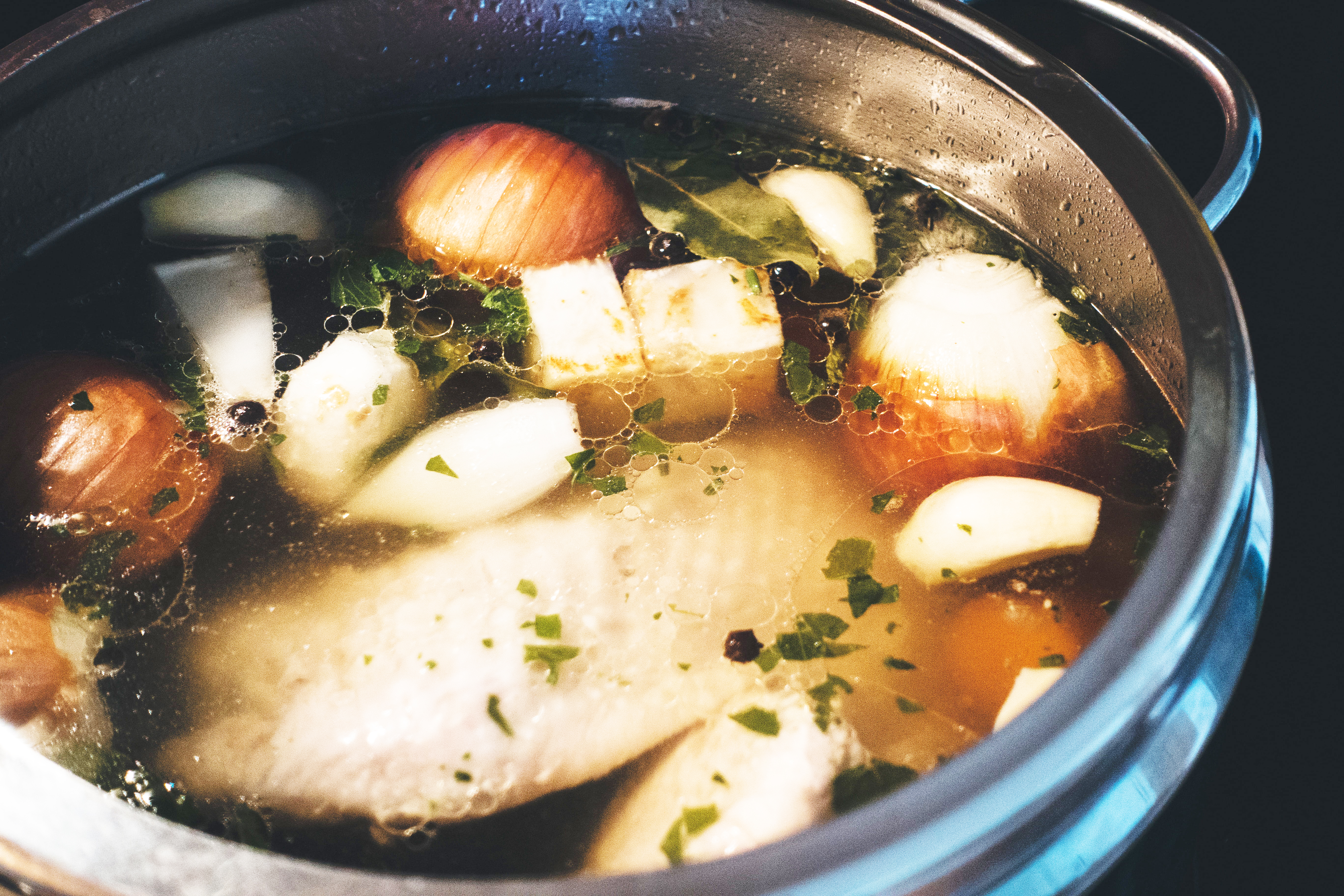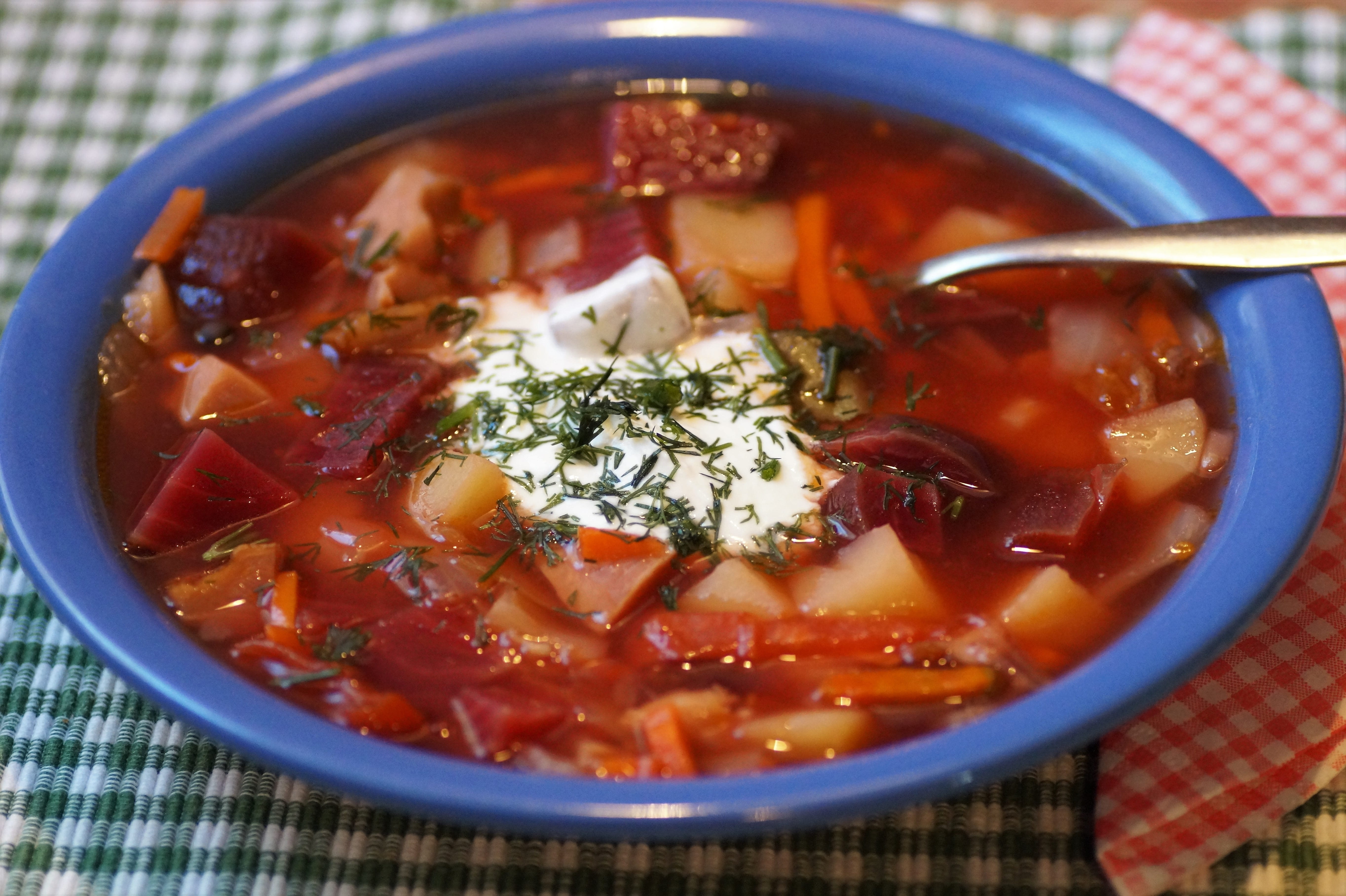Soups and Stews: Part 1

Over the last few months our epicurean journey through Central Europe has brought to your table some of the region’s most iconic foods, drinks and desserts! It is really impossible to adequately capture the delicious variety and wealth of the culinary adventures this region has to offer. We hope you have enjoyed the stories and recipes we have shared with you and that they will remain your regular go-to meals well into the future.

As we approach the last few weeks of this series we would like to share with you a few more tasty ideas to try out in the weeks and months ahead. We really hate to be the bearers of bad news, but we do feel obliged to inform you that summer in Alberta has officially passed the halfway point. Yes, soon the days will be much shorter and the evenings much cooler, and before you know it some white fluffy things will begin to fall from the sky once again. Don’t despair! If there is one thing that is exciting about the fall and winter seasons, it is all of the wonderful soups and stews you can enjoy in the comfort and warmth of your home. Indeed, the beautiful bounty of the summer harvest was meant to find its way into every soup and stew pot across Central Europe.
The cooler season unfortunately comes with the additional nuisance and hardship of the occasional colds and flus. Not unlike the past seventeen months of the pandemic, these are the months to focus on healthy eating and on the strengthening of our immune systems. It is precisely why we decided to focus your attention on some healthy and healing recipes from Central Europe which we hope you will enjoy throughout the coming months. Our two-part series of Soups and Stews will first focus on the fundamentals of this food category - broths, soup-stock and some basic soups recipes to get you started. Next week we will introduce you to some iconic soups and stews of the region, which will be much simpler to make with the stash of broth and hearty soup-stock you will have already made ahead of time! Trust us, a little bit of planning and prep like this will simplify your cooking routine and make your mealtime smoother than Martha Stewart’s cream-cheese icing.
So just what do we mean by fundamentals when it comes to making good soups and stews? It is of course stripping everything down to the bone – quite literally! Bone broths have recently enjoyed quite the renaissance in the kitchens of famous restaurants all over the world, but they have been present in Central European cooking for many centuries and truly are the foundation of many of the region’s best recipes – from soups and stews, to sauces and gravies, there really is no substitute for the fabulous bone broth.

Let’s start with the most important benefits of a good bone broth – nutrition and health. Broths have been used as a healing remedy by different cultures around the world for ages. In Central European Jewish culture bone broths used to be called the Jewish Penicillin due to their healing powers and the ability to strengthen the immune system. Indeed, bone broth contains not only copious amounts of collagen but also an extremely high dose of amino acids and minerals, all of which truly do help to boost the immune system and ward off colds and viruses. Amino acids in bone broth, like arginine, glutamine, and cysteine, have been shown to boost immunity in humans and animals. In fact, according to medical doctor and UCLA professor Irwin Ziment, an ordinary home cooked chicken soup naturally contains the amino acid cysteine, which chemically resembles the bronchitis drug acetylcysteine. In addition, since after the age of 25 our bodies collagen supplies begin to diminish slowly, bone broth is actually thought to have anti-aging properties as well.
Of course broths’ use and medicinal application go all the way back to our hunter and gatherer ancestors. Out of sheer necessity and the constant scarcity of food, hunters and gatherers were forced to use every part of an animal, and nothing, not even the bones could we wasted. The discovery of the healing powers of bone broth have therefore been passed on from generation to generation and the use of a good bone soup-stock in cooking has found its way into almost every food culture around the world. In Central Europe, as in North America, a good broth-based soup is still considered the first line of defense against a bad cold or some other respiratory virus. Easier on the stomach than dairy or solid proteins, it is able to quickly deliver to the body the nutrition and strength needed for healing, while not expanding too much energy on the digestion process. It is no wonder then that it is also often used by dieticians as part of a healthy weight-loss regimen. Since a cup of bone broth only contains approximately 110 calories, there is simply no other food out there that can match its nutritional and health benefits!

So how exactly is a bone broth made? Easy – all you really need is a little bit of time. Bone broth is made by simmering (not boiling!) healthy animal bones and connective tissues with herbs, vegetables and something acidic, over low heat for an extended period of time (ideally 6 hours or longer.) You literally can make bone broth using bones from just about any animal — pork, chicken, beef, veal, turkey, lamb, bison, venison, or fish. The extended cooking time, combined with the acidity, helps to extract the collagen and all of the minerals and vitamins stored deep within the bones, cartilage and marrow for a more nutritional broth. The longer you cook it the more nutritious it is. The broth that comes as a result can be used in soups or enjoyed solo in a mug. It can also be refrigerated for use in a variety of recipes within one week. If you make a larger batch you can store it for up to six months in a deep freezer without losing any of its original nutritional value.
Are you ready to get started?! Below in our Companion Recipes we have included some simple bone broth recipe ideas, as well as some easy to make soups using your ready-made soup stock. We hope you will enjoy experimenting with this week’s recipe suggestions as we look forward to sharing some great soup and stew ideas with you next week!
Happy cooking – we hope your soups turn out good to the bone!
Companion Recipes & Resources

Bone Broth
https://theforkedspoon.com/bone-broth-recipe/
https://www.epicurious.com/recipes/food/views/beef-bone-broth-51260700
Bone Broth Cookbook
https://www.destinationdelicious.com/cookbooks-and-cocktail-books/category/bone-deep-broth
Chicken Broth and Soup
https://polishfoodies.com/polish-chicken-soup-rosol-recipe/
https://www.youtube.com/watch?v=tVGxfUboi1g
https://natashaskitchen.com/chicken-stock-chicken-bone-broth/
https://www.croatiaweek.com/croatian-recipes-ajngemahtec-aka-ujusak/
Vegetable Soup Stock
https://www.kwestiasmaku.com/kuchnia_polska/buliony/bulion_warzywny/przepis.html
https://www.allrecipes.com/recipe/12982/basic-vegetable-stock/
Polish Dill Pickle Soup (Ogórkowa)
https://polishhousewife.com/ogorkowa-polish-sour-pickle-soup/
https://www.polishyourkitchen.com/polishrecipes/polishpicklesoup/
Barszcz
https://www.thespruceeats.com/polish-beet-borscht-soup-recipe-1137127
https://www.polishyourkitchen.com/polishrecipes/polish-beetroot-soup/
Česnečka aka "Hangover Soup"
https://mission-food.com/cesnecka-czech-garlic-soup-aka-hangover/
https://www.cooklikeczechs.com/cesnecka-czech-garlic-soup/
Zelñačka or Kapusniak
https://www.cooklikeczechs.com/zelnacka-czech-sauerkraut-soup/
https://www.polonist.com/kapusniak-polish-sauerkraut-soup/